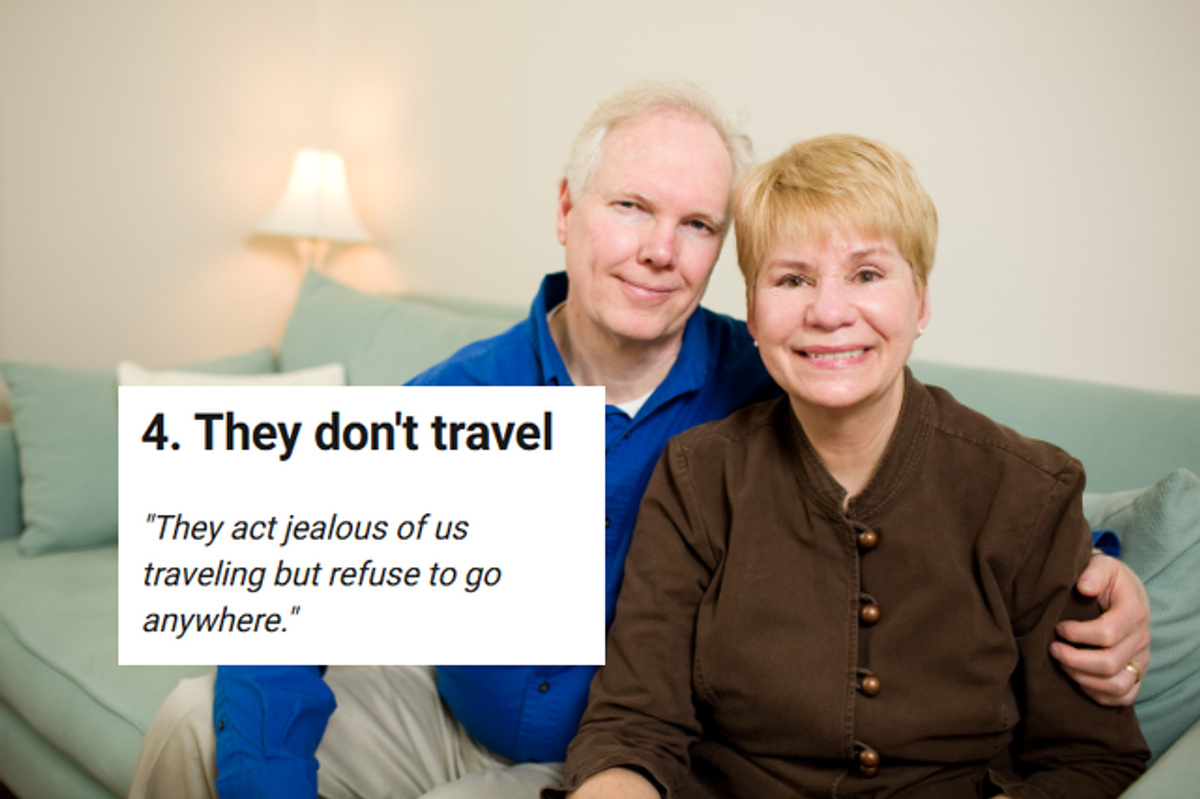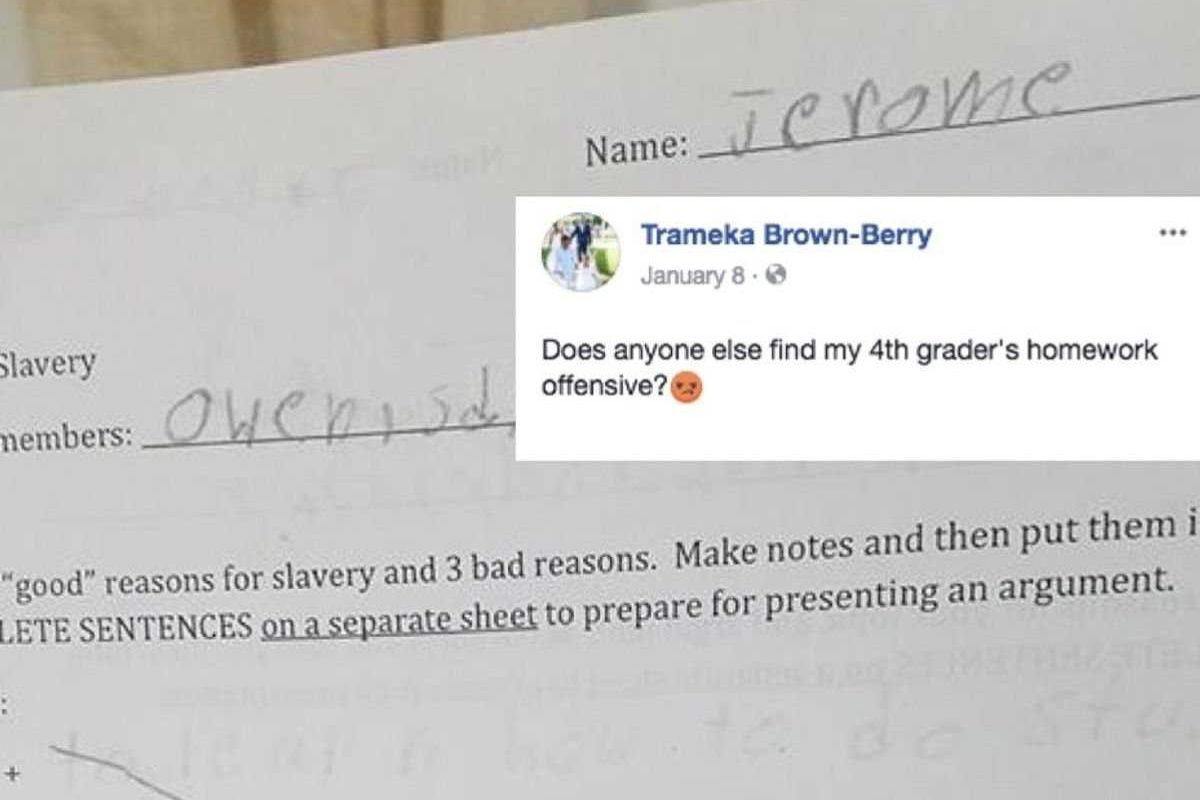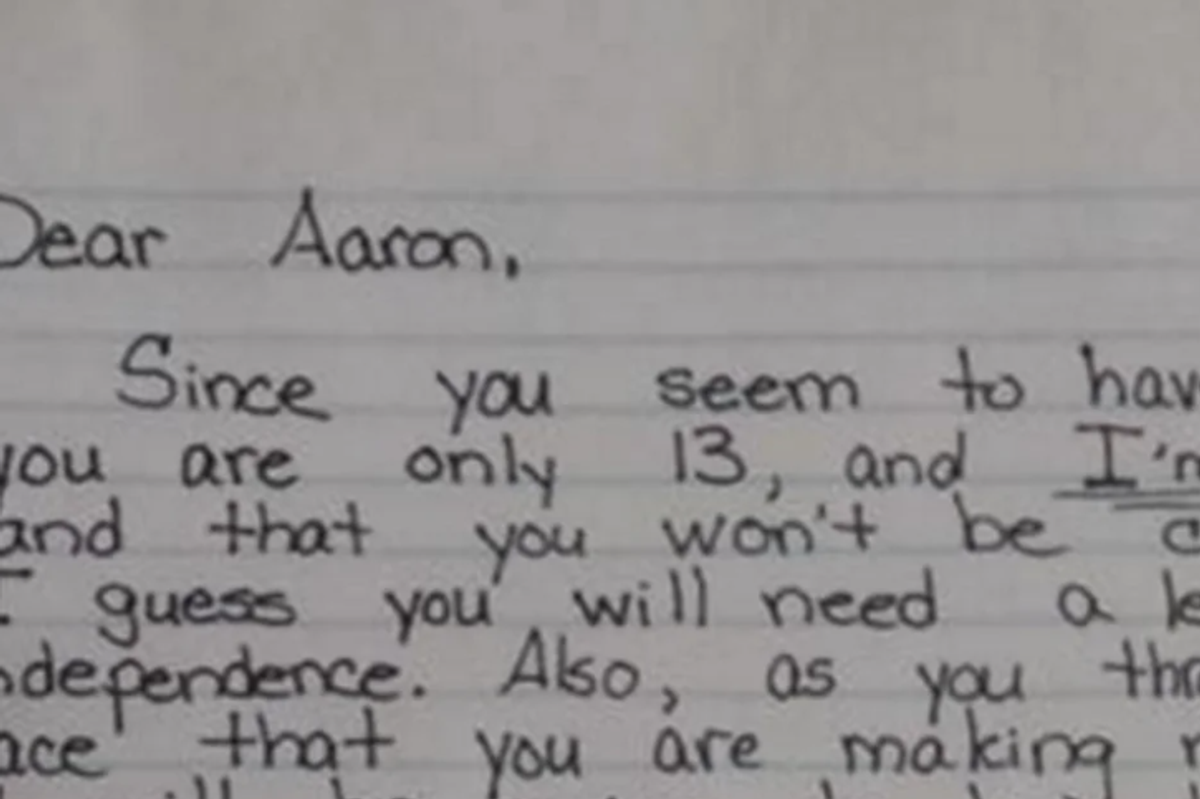For Amanda Acevedo, getting on the honor roll meant fighting through a lot of physical pain.
The 10-year-old from East Harlem, New York, didn't have a reliable computer at home or school to complete her assignments in the evening. In order to keep up in class, she was often left with no choice but to write out entire essays using her thumbs on her mother's cell phone.
Can you imagine?

Rory Kennedy couldn't — until she witnessed it herself.
“[Acevedo] would sit there and you would hear her thumbs crack and she would talk about it being painful," explains a dumbfounded Kennedy, director of the film, "Without a Net: The Digital Divide in America," which features Acevedo's story.
I'm speaking with Kennedy at the documentary's New York Film Festival premiere on Oct. 3, where a number of the film's supporters — most notably, "Spider-Man: Homecoming" star Zendaya — rallied behind its cause. "I thought, my God," Kennedy continues, as we chat a few minutes before her film debuts to a full house. "We are making it physically painful for poor kids to learn in this country.”
"Without a Net" shines a light on the discrepancies between the haves and have-nots when it comes to technology in our public schools.
The film paints a startling picture.
In wealthier districts, students tend to have far more tech resources at their disposal than students in poorer ones. A Pennsylvania high school in "Without a Net," for instance, boasts a popular, well-funded robotics course, but just a few miles away, another school struggles to integrate even a few basic computers into its curriculum. The money's just not there.
It's a "digital divide" that'll cost us in more ways than one if we don't act. By 2020, the U.S. Department of Labor estimates 77% of all jobs will require computer skills — a figure that will only increase throughout the following decades. This issue isn't just about equality, it's about long-term economic security too. If future generations don't have the necessary skills for 21st-century jobs, we'll all be left behind.
For Zendaya, the "digital divide" hits particularly close to home.

The Hollywood star, who eagerly threw her support behind Kennedy's documentary, is an ambassador to the #WeNeedMore campaign by Verizon — an effort to make tech more accessible in underfunded schools. The telecom giant co-produced the film.
Stories like Acevedo's, Zendaya says, hit close to home.
"I grew up in [the digital divide]," she explains, dressed in a glittery gown on the red carpet — worlds away from the working class Oakland, California, community where she was raised. "It’s something that I’ve lived firsthand." As a child, Zendaya attended a well-resourced private school where her dad worked and had the privilege of benefiting from financial aid. But her mom taught at a struggling school in the area's public school system; the stark contrast left a lasting impression on the actor.
"How do you have a school where kids are able to experiment with coding and build robots and then you have schools that don’t even have Wi-Fi?" Zendaya continued. "What are you telling those children?"
As Zendaya notes, pointing to her learnings from the film, the solution isn't to go out and buy a bunch of iPads either. It's more complicated than that.
"Without a Net" dove into the three major barriers keeping tech inaccessible for millions of students:
- There's a lack of tech products in schools. Thousands of schools simply don't have the funds to buy every student a laptop or create classes like coding and robotics.
- There's a lack of internet connection in schools. Particularly in poorer, rural areas of the country, connecting to high-speed internet is surprisingly difficult and astonishingly expensive. Despite progress in recent years, 23% of school districts still don't have sufficient bandwidth to meet the needs for digital learning, according to the Education SuperHighway.
- There's a lack of tech-trained teachers in schools. Even if products are available and the internet's up and running, training teachers on how to use the products in their classrooms is quite costly. In fact, 60% of teachers feel they haven't been adequately trained on using technology in the classroom, a 2015 survey by Samsung found.
"The things my mom had to do just to get computers in the classroom or just to get Wi-Fi or just get arts education," Zendaya said, shaking her head in frustration. She may have blossomed into a Hollywood movie star, but she's clearly still agitated by the injustice undermining her hometown. "[My mom] worked too hard to do something that should just be there."
One thing those three major barriers have in common? Yep, you spotted it: They all cost money. Lots of it. And inner-city schools, like Acevedo's in New York City, as well as a good number of rural districts simply do not have that funding.
School funding is largely contingent — and arguably overly dependent — on local property taxes.
In affluent communities, where businesses are flourishing and property values are high, public schools reap the benefits in their bank accounts. In districts where business is scarce and property values are lower, the local tax pool schools dependent on is significantly reduced. As the film noted, this massive inequality — seen in metropolitan areas like Detroit, Philadelphia, and Chicago — means some schools have the funds for more and better qualified teachers, nutritious lunches, innovative art programs, and classroom technologies, while others barely make ends meet.
A Chicago student protests cuts to public school funding in 2013. Photo by Scott Olson/Getty Images.
We desperately need change. And you can be part of it.
Kennedy is encouraging viewers to hold public screenings of her film — which is free to view on YouTube, as seen below — to raise public awareness of the issues at play and push for change at the grassroots level.
But students can play a role in making a difference too. Zendaya hopes underserved kids who see the film feel inspired to speak out in their own communities and challenge the status quo. Their futures are worth it, after all.
"Your voice is powerful, your voice is strong," she says. "It’s OK to go ahead and ask for what you think you deserve."




 Family moving into a new home.
Family moving into a new home.  Driving Road Trip GIF by Rosen Hotels & Resorts
Driving Road Trip GIF by Rosen Hotels & Resorts 
 Baby boomers are a fascinating and endearing group.
Baby boomers are a fascinating and endearing group.  An average boomer's basement. Photo by
An average boomer's basement. Photo by  They love to scare their adult children with dramatic texts.
They love to scare their adult children with dramatic texts.  Boomers love to talk about random people who have died, and large-scale tragedies.
Boomers love to talk about random people who have died, and large-scale tragedies.  Boomers love staying at home for no good reason.
Boomers love staying at home for no good reason.  If it can't be held in their hand, they don't trust it.
If it can't be held in their hand, they don't trust it.  They'll keep food for way, way too long.
They'll keep food for way, way too long.  They still hold onto outdated gender stereotypes. Photo by
They still hold onto outdated gender stereotypes. Photo by  This is the generation that invented TV as background noise.
This is the generation that invented TV as background noise.  They love intensely tracking a thunderstorm via The Weather Channel
They love intensely tracking a thunderstorm via The Weather Channel 
 "
"
 Teaching teenagers about real-life consequences isn't easy. Photo by
Teaching teenagers about real-life consequences isn't easy. Photo by  Kids need to be reminded, sometimes, of how much they still depend on mom. Photo by
Kids need to be reminded, sometimes, of how much they still depend on mom. Photo by